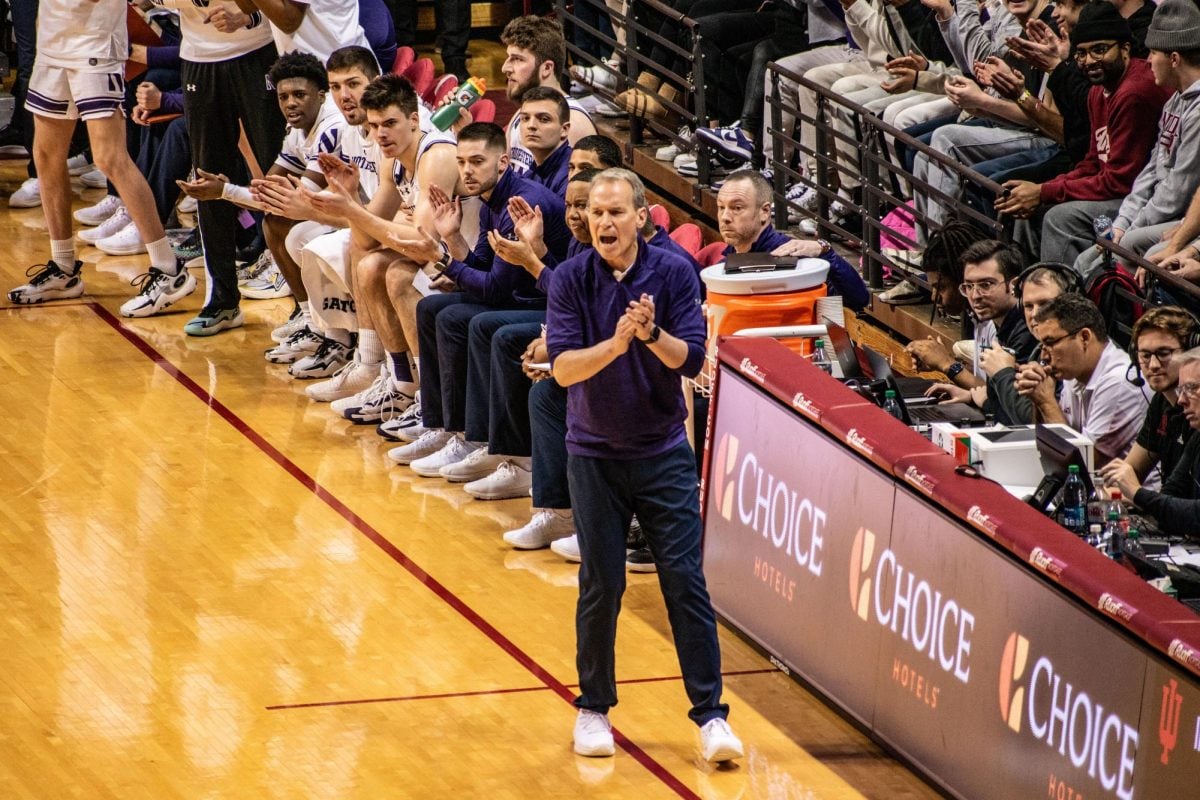The Big Ten is stuck between a rock and a hard place.
With the conference landscape of the NCAA on the brink of chaos, Commissioner Jim Delany must feel like his conference has no good options, only degrees of bad.
Let’s start with the assumption that superconferences would be an unfortunate outcome. If you feel differently, you are undeniably in the minority. Superconferences essentially eradicate the greatness of conference rivalries and traditions all while forcing players and their families to travel farther to games.
While superconferences might create some interesting new matchups, keep in mind that with 16 schools in a conference, that matchup won’t be played every year. If schools really are concerned with creating exciting new matchups, can’t they just agree to schedule better non-conference games and play less FCS teams?
A superconference would be especially bad for the Big Ten, which prides itself on its tradition and conservatism. This is a conference that passed up on millions of dollars by waiting nearly two decades to expand from 11 teams to 12.
When the Big Ten expands, it looks for home runs like Penn State and Nebraska, not infield singles like the current crop of potential adds. That’s the rock the Big Ten faces.
If it were to expand, the Big Ten is looking at schools like Missouri, Kansas or Rutgers. According to Nate Silver of The New York Times, all three of those schools draw football fanbases below the Big Ten’s current average.
Missouri is the best option, but its fanbase of 1.1 million fans still sits well short of the 1.5 million the current 12 institutions of the Big Ten average. It gets worse from there. Rutgers brings in .9 million fans while Kansas only moves the needle to the tune of .8 million.
While conference heads claim expansion is what’s best for the school and athletes, we all know it’s really about exposure and money and an increase in fanbase would equate to an increase in both.
Essentially, there is no way for the Big Ten to expand without sacrificing the quality of its members. Notre Dame’s 2.3 million fans would of course be a great addition but there’s still no way the Fighting Irish will sacrifice their beloved independence. Why would they? Their fanbase stretches coast-to-coast meaning that joining any conference would risk alienating at least some region of fans.
So if there are no good adds for the Big Ten, it should just sit tight with its 12 current schools, right? That’s the hard place.
If the Pac-12 and the SEC expand into superconferences, the Big Ten will need to follow suit to maintain relevancy. Currently the Big Ten’s schools combine for more total fans than any other conference. However, if those conferences added four schools apiece, the Big Ten could lose its edge or at least see it shrink.
Basically the Big Ten can’t expand without hurting its reputation, but can’t not expand without hurting its national appeal. You decide which is less undesirable.
Gameday editor Colin Becht is a Medill junior.
He can be reached at [email protected]







